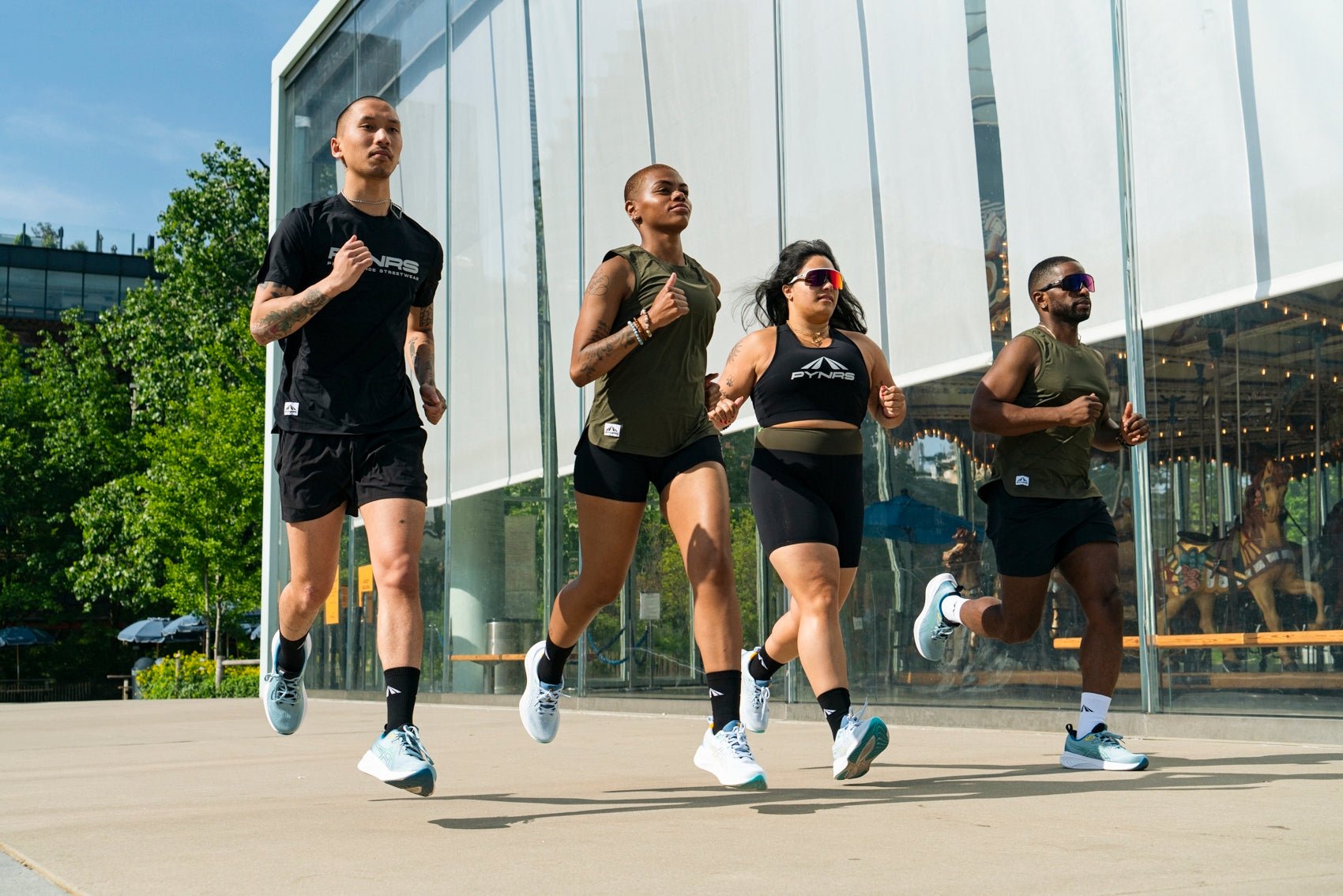Why Breathable Fabrics are Essential for a Comfortable Running Experience
Running is a universal activity that transcends boundaries, empowering individuals of diverse body types and backgrounds to achieve their personal fitness goals. Part of optimizing this experience involves wearing the right apparel. This article will delve into the importance of breathable fabrics in running apparel, explaining how these materials function, the benefits they provide, and how you can incorporate them into your running wardrobe.
Why is Breathable Fabric Important?
Breathable fabrics are crucial for any high-intensity activity, especially running. These materials work by allowing air to circulate freely through the fabric, facilitating the process of heat and moisture transfer. This is critical in preventing excessive sweating and the uncomfortable sensation of damp, sticky clothing against the skin.
Breathable fabrics help regulate your body temperature during your run, ensuring you remain cool and comfortable, regardless of the distance. They also wick away moisture from your body, significantly reducing the risk of chafing and skin irritation. This is a game-changer for runners, as it allows them to focus on their stride and pace, rather than being distracted by discomfort.
How Does Clothing Affect Running Performance?
Choosing the right running apparel goes beyond aesthetics; it directly impacts your running performance. Clothing made from breathable fabrics enhances comfort, allowing you to run longer and harder. With optimal temperature regulation and moisture management, runners can avoid heat exhaustion and maintain their performance even in challenging weather conditions.
Moreover, breathable fabrics are typically lightweight, reducing the amount of resistance you experience while running. They also tend to be flexible, enabling a full range of motion that does not restrict your stride or movement. This ensures you can reach your full potential in each run.
Which Fabric is Best for Running?
There are several types of breathable fabrics used in running apparel, each with unique properties that make them suitable for different conditions and personal preferences.
Nylon
Nylon is a popular choice for running apparel. Renowned for its exceptional durability, nylon also excels in breathability and moisture-wicking. Its elasticity and resilience make it perfect for running apparel that needs to withstand repeated use while maintaining its shape and fit, such as running tights, joggers, and sweatshirts.
Polyester
Polyester is another excellent choice for runners, due to its durability, moisture-wicking properties, and affordability. It effectively pulls sweat away from the skin, keeping you dry throughout your run.
Merino Wool
Merino wool may not be the first fabric that comes to mind when thinking about running apparel, but its highly breathable and temperature-regulating properties make it a worthy contender. Unlike traditional wool, merino is soft and not itchy, offering excellent comfort. It's also naturally antimicrobial, making it resistant to odors.
Tips for Choosing Breathable Running Apparel
When selecting your running apparel, consider the following tips:
Check the Material: Look at the clothing label to see what fabric the garment is made from. Opt for breathable materials such as nylon, polyester, or merino wool.
Consider the Fit: Choose running apparel that fits comfortably. It should not be too tight or too loose, to allow for free movement and effective moisture-wicking.
Mind the Weather: Your choice of running apparel should align with the current weather conditions. In warmer weather, opt for light-colored, loose-fitting clothes that will reflect heat. In colder climates, layer your clothing, starting with a breathable base layer.
Think of Functionality: Consider additional features like UV protection, anti-odor properties, or reflective elements for safety when running in low-light conditions.
Plan for Layering: In cooler weather, it's essential to layer your running apparel. Start with a breathable base layer to wick away sweat, add an insulating layer to keep you warm, and finish with a waterproof, breathable outer layer to protect you from the elements.
Invest in Versatile Pieces: Opt for pieces that can be used in multiple outfits and weather conditions. This not only saves money but also makes it easier to adapt to changing conditions or different running environments.
Focus on Personal Comfort: Ultimately, the best running apparel for you is the one you find most comfortable. This includes how it feels on your skin, how well it fits, and how it meets your personal style preferences.
Incorporating Breathable Fabrics into Your Running Wardrobe
Breathable fabrics should form the cornerstone of any runner's wardrobe. Begin by investing in key pieces of running apparel such as running tights, joggers, tees, tanks, and shorts made from breathable materials like nylon or polyester. These can serve as your base layer, providing excellent moisture management and temperature regulation.
For cooler days, consider adding a breathable sweatshirt or beanie to your ensemble. These can provide additional warmth without compromising on breathability.
Don’t forget about accessories either. Hats and beanies made from breathable fabrics can help keep your head cool and protect against the sun's rays, while breathable socks can prevent foot sweat and reduce the risk of blisters.
Finally, remember that incorporating breathable fabrics into your running wardrobe is an ongoing process. As you experiment with different materials and garments, you'll learn more about what works best for you, allowing you to continually refine your running wardrobe for optimal comfort and performance.
In conclusion, breathable fabrics play an indispensable role in enhancing the running experience for individuals of all body types and backgrounds. By understanding how these materials work and the benefits they provide, you can make informed choices about your running apparel and maximize your performance. Whether you're a novice runner or a seasoned marathoner, the right breathable fabric can make all the difference in your comfort, endurance, and overall running experience.
Read more

Explore the pros and cons of running in tights vs shorts in this detailed guide. From material and design differences, to why you should choose either one.

Discover the benefits of nylon fabric for running apparel in our detailed guide. Uncover how nylon's features, makes it the perfect choice for runners.




